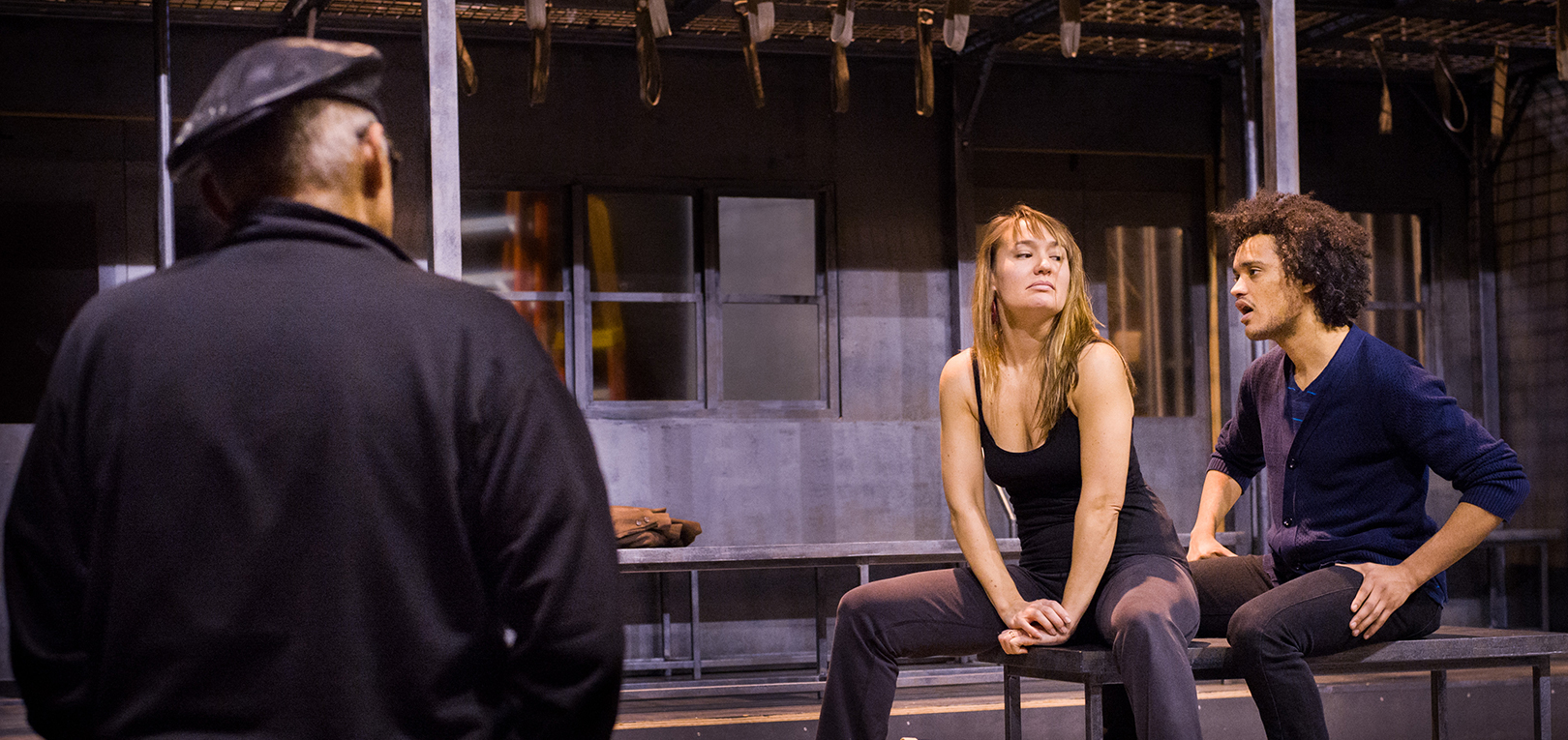
The first intention which Dutchman expresses is being an evidence of the period. The representation of the situation of the blacks in the 1960s The following parts will now try to examine each of these issues in detail. All these themes are embodied by only two characters, Clay and Lula, who therefore have racial, social and sexual roles in one plot (Bigsby: 399) which leaves his work open to ambiguity (Bigsby: 402). Further on, it is about American history (Bloom: 89) and it describes Baraka’s own autobiography (Bigsby: 397) in which he asks the general question of personal identity and the nature of the relationship between the self and society (Bigsby: 375). 51): racial betrayal 9, anti racist sentiments and black consciousness-raising combined with gender and class themes. The play is concerned with a variety of social issues (MacNicholas: S. Dutchman is thematically working on several fields at the same time which can be attributed to the fact that it was written in Baraka’s transitional time in which he himself was in search for an orientation in the American society but I will come back to that later. The interpretation of a black racism against white people is just one, maybe even wrong aspect. When Baraka moved his play Dutchman to Harlem it was quickly labelled as a white-hating play. This paper will put up thesis about the reasons of Dutchman ’s success which are to be proved. They concern Dutchman ’s relation to the historical period of the 1960s in the US, its character as a theatre play, more precisely the examination of its form and language, and its intentions for the black and white world and for society in general. Why did it even have the possibility to be performed in front of such a dual audience, that means two opposing social groups, in a time of white racism against blacks? To answer these questions several aspects have to be considered. Now, the question is what it made that successful that it was not only performed in Harlem’s streets in front of a black audience which the play mainly aimed at with its intention, but even internationally for black and white people altogether although it provoked such divergent reactions. Beyond that it broke the habitual theatre form and presented a two act play far from following the rules of conventional theatre plays. Above all it incited indignation because of being interpreted as a white-hating play (Bigsby: 375) with its radical language and its racist attitude against white people. Dutchman had been praised and refused at the same time. As differently these two audiences may read the play as differently are their interpretations, criticism and attitudes toward the play. For the black people, precisely for the black non-reading audiences of the lower classes, it was the first time to be confronted with theatre. The Negro is not presented as a primitive African savage 8 anymore. For both, it was something new: The white audience was confronted with a new type of black man because up to now they had just known the nigger minstrel who was harmless and acceptable to them because he was de-sexed, trapped in a role which combined self-mockery with an endearing musicality 7.

Initially, it played to primarily white audiences until Baraka moved it to the black audiences of Harlem 6. Dutchman was performed for a dual audience.

3Īlthough the play was generally well received 4, it provoked critical controversy amongst its audience as well 5. It is titled as a triumph of stagecraft, a model two-acter whose economy and handling of pace and denouement were not to be doubted. Being Baraka’s most widely acclaimed play, which is often regarded as his break through and the break through of African American theatre, it convinces up to now and gives occasion for discussions about its intentions and its historical background. 2 Later, Dutchman was internationally successful because of being produced and performed in other metropolises like Paris, Berlin and Spoleto (Italy). As the best Off-Broadway Play it gained an Obie-Award the same year and was made into a film in 1967 which made it widely known. Introduction: the first presentation of the play and the audience’s reactionsĭutchman was first presented at the Cherry Lane Theatre in New York in 1964.

The appeal to a new black consciousnessĢ.4. The representation of gender and class issuesĢ.3. The representation of the situation of the blacks in the 1960sĢ.1.2.

Introduction: the first presentation of the play and the audience’s reactionsĢ.1.1.


 0 kommentar(er)
0 kommentar(er)
